91% of the world’s population live in places where the air quality exceeds the guideline limits set by the World Health Organization (WHO). While Scandinavian skies provide the cleanest air, 4 of the top 5 countries with the worst air quality are in South Asia.
Despite all warnings of scientists and climate activists, we continue to pollute our precious planet. Emissions of greenhouse gases produced by humans are the main cause of climate change.
Pollution not only harms the earth and its wildlife, it is also very dangerous for our own species. A study found that outdoor air pollution costs us on average almost three years of our lives. According to the WHO, air pollution causes 7 million deaths every year.
Our ranking of the countries with the worst air quality is based on IQAir’s 2019 list. The company’s over 60.000 data points measure the amount of PM2.5 in microgram per cubic meter (µg/m3). PM2.5 are chemical vapors, fumes, or dust in the air. The higher the mass of fine particulates, the more dangerous it is to breathe.
For a better understanding of what exactly PM2.5 is, watch the short video below:
The United Nations says the PM2.5 density should not exceed an amount of 25 micrograms per cubic metre of air in any given 24-hour period.
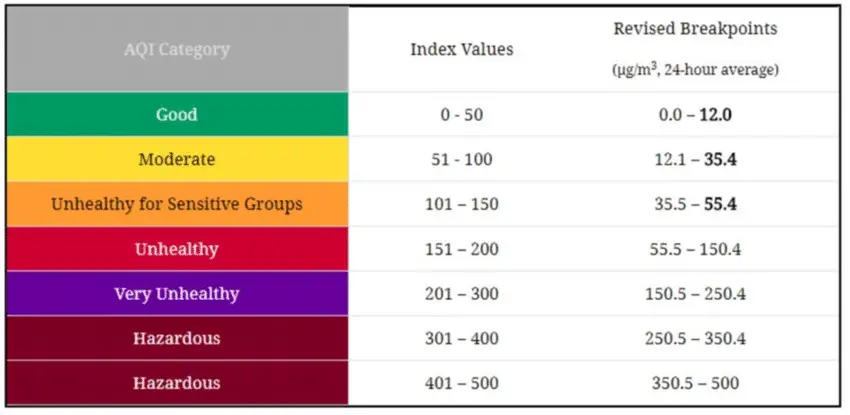
Table of Contents
1. Bangladesh
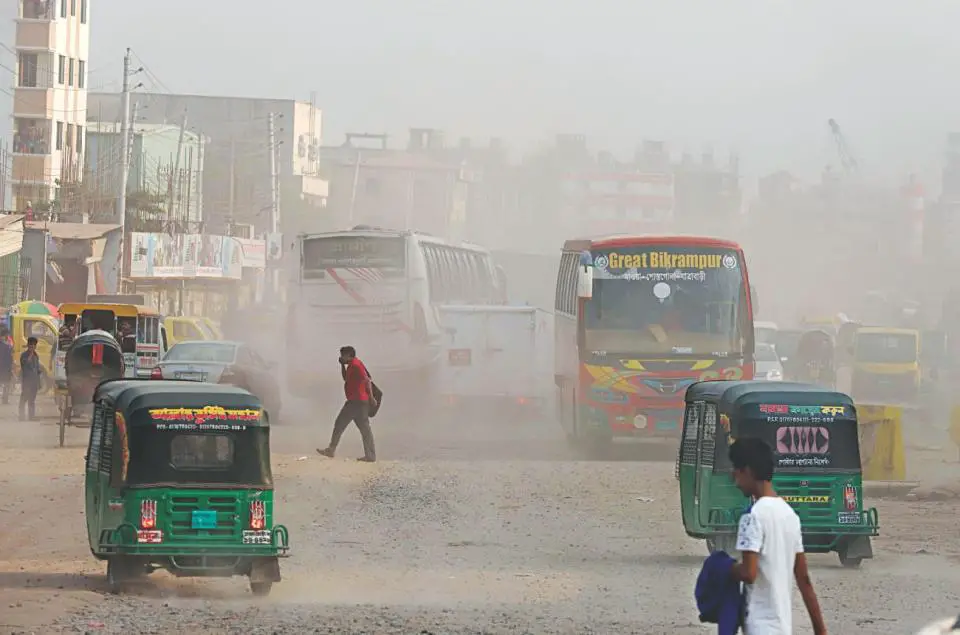
Avg. µg/m3: 83.30
Population: 166.368.149
Capital: Dhaka
AQI Category: Unhealthy
There are two main sources of air pollution in Bangladesh: Vehicular emissions and industrial emissions. Both are mainly concentrated in the major cities.
With about 8 million inhabitants, Dhaka is one of the world’s most densely populated cities. Because of the growing numbers of buildings and slums, it is almost impossible to maintain a clean environment.
Following the growth of the infrastructure boom, the brick industry is on the rise in Bangladesh. Brick-making kilns mainly use coal and wood as a source of energy, therefore resulting in the emission of particular matter. While representing only 1% of the country’s GDP, the contribution of brick-making to the air pollution levels is massive. The kilns operate mostly in dry season, thus worsening the air quality seasonally.
2. Pakistan
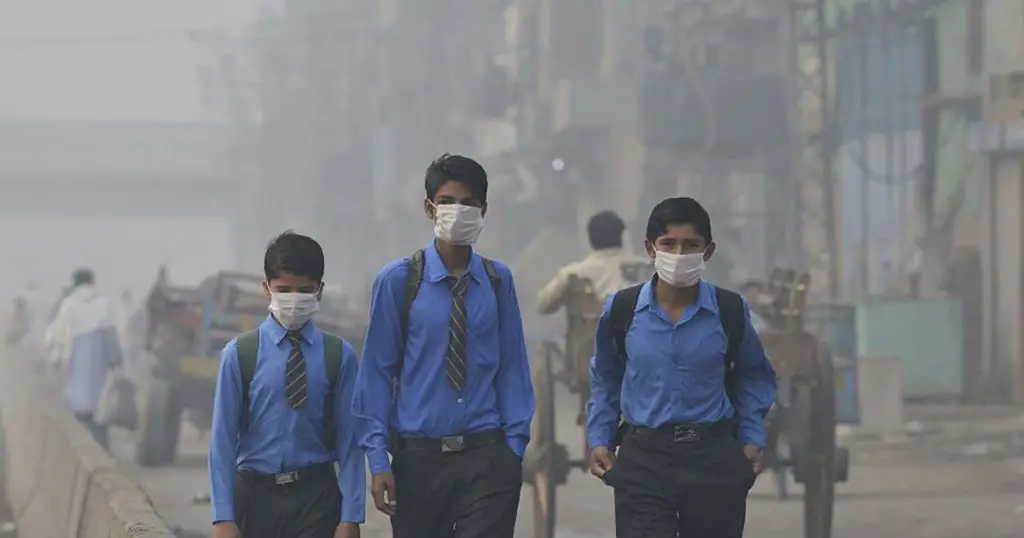
Avg. µg/m3: 65.81
Population: 200.813.818
Capital: Islamabad
AQI Category: Unhealthy
According to IQAir, 27 of the world’s 30 most polluted cities are in India, Pakistan and Bangladesh. In December 2019 for example, Faisalabad reached 226.2 micrograms of PM2.5 per cubic metre, which is considered “very unhealthy”.
Besides industrial pollution and emissions from motorized vehicles, there are other sources of bad air quality in Pakistan. A vast majority of the population depends on solid fuel burning for basic needs like cooking, heating and light.
While the minister for climate change blames India for Pakistan’s high pollution levels, citizens of Lahore, one of the most polluted cities, hold their own government accountable.
3. Mongolia
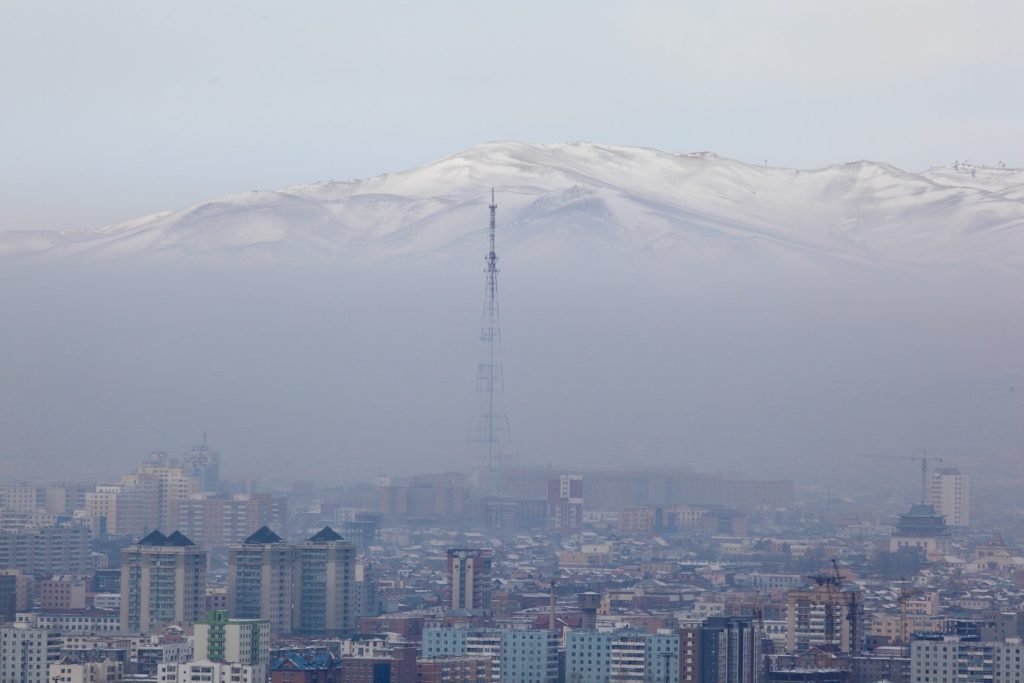
Avg. µg/m3: 62.00
Population: 3.121.772
Capital: Ulaanbaatar
AQI Category: Unhealthy
In Mongolia, coal is essential to surviving the ice-cold winters, when temperatures can drop to -40°C. Coal stoves are used for both, heating and cooking. Additionally, coal is also burned in power plants.
Mongolia is home to only 3 million people. While the country is almost triple the size of France, half of its population is squeezed into the capital. Ulaanbaatar has grown rapidly, as nomadic herders have left the countryside and settled on the city’s outskirts.
The health crisis that has resulted from the air pollution is especially dangerous for children. As a result, pneumonia is one of the leading causes for under-five child mortality in the country.
The government has implemented several measures to reduce air pollution, such as a ban on raw coal. Mongolia’s revised Nationally Determined Contribution has furthermore committed to reducing greenhouse gas emissions by 22.7% in 2030.
4. Afghanistan
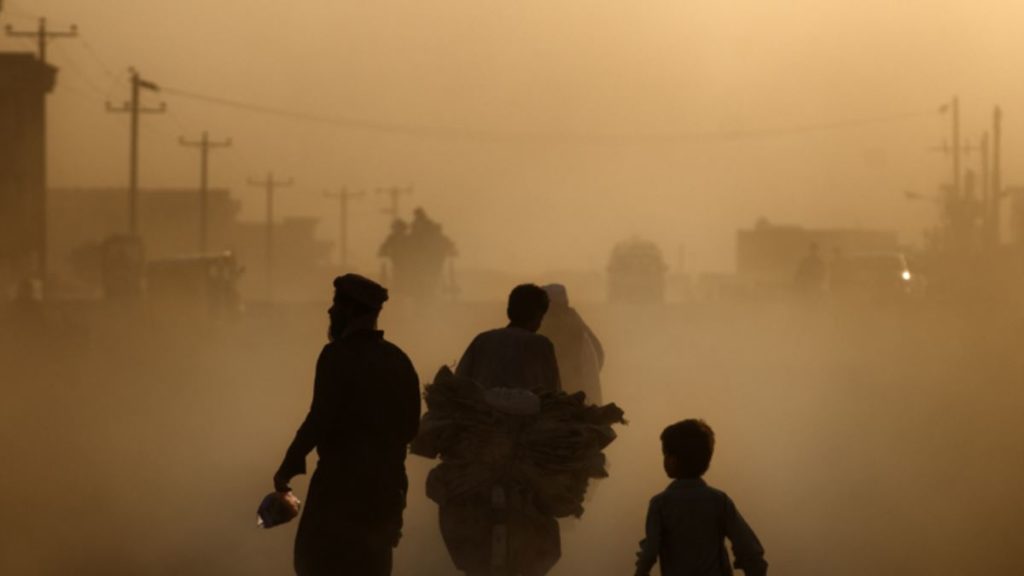
Avg. µg/m3: 58.80
Population: 36.373.176
Capital: Kabul
AQI Category: Unhealthy
According to a report published by the Afghanistan Research Center in Kabul, more people have lost their lives due to a reason related to air pollution, than because of the civil war in 2017.
The WHO estimates that household air pollution (HAP) causes 27.000 deaths per year. Women and children are at particular risk of exposure to HAP, as they stay at home more than men. Additionally, outdoor air pollution is responsible for another 11.000 deaths annually.
Sources of air pollution include poor quality fuel and old cars, people burning trash, industrial brick kilns, small-scale smelting plants and foundries.
5. India
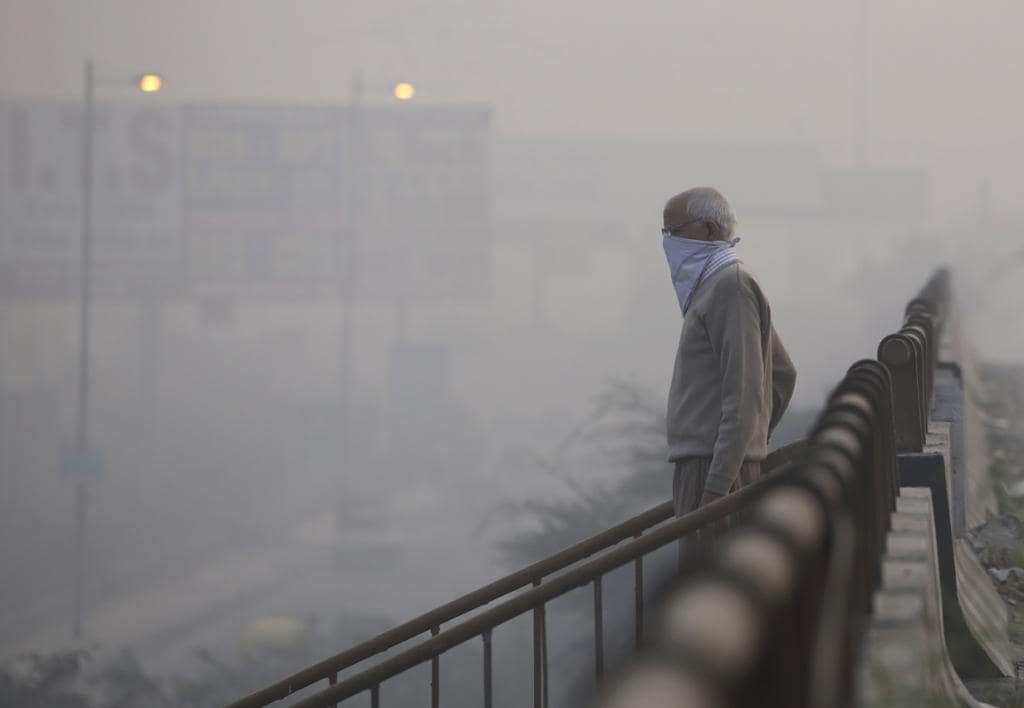
Avg. PM2.5 in µg/m3: 58.08
Population: 1.354.051.854
Capital: New Delhi
AQI Category: Unhealthy
It might not come as a surprise that one of the world’s most populated countries is also one of the countries with the worst air quality.
India is known to host some of the planet’s cities with the worst air pollution. Half of the smog over the country is caused by industrial pollution. Vehicles are the second biggest polluter.
Air pollution is is a bigger contributor to disease than tobacco in India. In 2017, it could be related to 12.5% of the deaths in the country.
In 2019, India launched ‘The National Clean Air Programme’ with the tentative national target to reduce its PM2.5 and PM10 concentrations by 20%-30% by 2024.
Covid-19
Since the beginning of the Corona virus outbreak, air quality worldwide has increased. As humans stay inside, many typically smog-filled skies are clear.
Explore the air quality anywhere in the world here.
Using the Hashtag #fighteverycrisis, activists from around the world emphasize that the threat of climate change is as real as the Corona virus. And not only for the countries with the worst air quality today. Sooner or later (but rather sooner), even the remotest corner of our planet will be uninhabitable, if we don’t take action now.
Therefore, among other necessary changes, it is vital that we reduce our greenhouse gas emissions drastically. And this global pandemic shows: it is possible.

What is acid rain & how is it formed? - Softback Travel
Wednesday 20th of May 2020
[…] dioxide (SO2) and nitrogen oxide (NOx) are released into the atmosphere when humans burn fossil fuels. These air pollutants respond with water (H2O), oxygen (O2) and various other substances to form […]